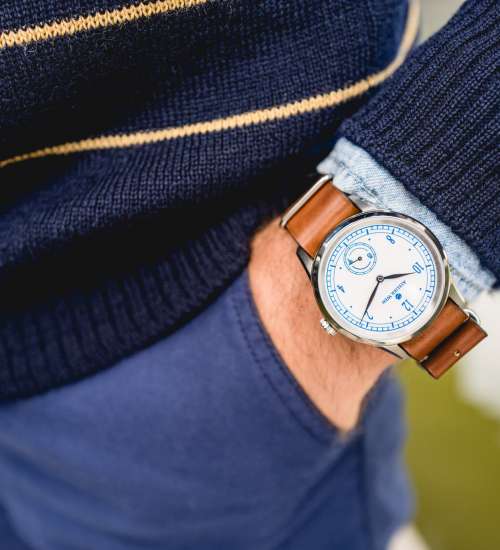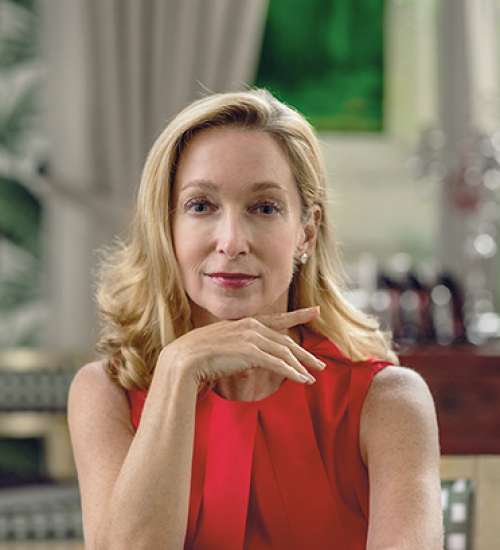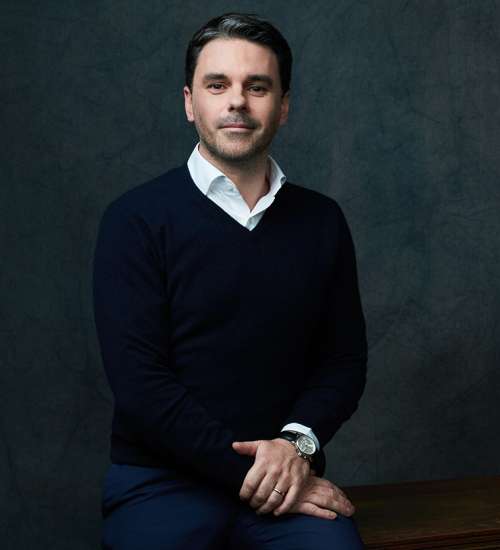According to the 17th edition of Bain & Company’s annual luxury study, which was released in November last year, the personal luxury goods market grew by 6 per cent in 2018, reaching €260 billion. Such a figure represents a positive growth trend that is expected to continue through until 2025. So if one is thinking of launching their own luxury brand, now may be the time to do it.
In the past luxury was a fairly straightforward affair. It was exclusive, centered on quality and craftsmanship, and was pricey to the point of exclusion. It still is financially challenging for most, but the market is changing. Luxury consumers are getting younger and are increasingly shopping online. They are also digitally-engaged and not as accepting of traditional forms of communication, yet retain a yearning for exclusivity, aesthetics and status.
In such a world the importance of craftsmanship cannot be overstated. It’s why Louis Vuitton bags are given full attention to detail, and stitched, hammered and painted by hand. It’s why automobile designers and engineers spend decades perfecting their crafts. It’s also why the owner and creative director of Maximilian Büsser & Friends have turned traditional watchmaking into extravagant, futuristic and unconventional timekeeping machines.
Such commitment to artisanship is not only costly but also time-consuming. Maximilian Büsser & Friends’ car-themed Can-Am timepiece, for example, was the product of more than 50 prototypes and 18 months of production. Like most of the company’s watches, from idea to delivery took somewhere between three and four years.
For brands and consumers alike craftsmanship still matters. The longevity and quality of a product – a piece worthy of a consumer’s investment – is a given. Yet much more than product excellence is required to build a luxury brand, especially in today’s highly competitive and often cutthroat world of social media influencers.
Take high-end fashion. Gucci and Louis Vuitton are among the fastest-growing brands in the world, with the luxury fashion and accessories sector growing by 42 per cent since 2017, according to consultancy Interbrand. The Singapore-based publisher Luxe Digital also states that Gucci is the number one luxury brand online, ranking well-ahead of its competitors in terms of both sales and market share.
Although Gucci is a heritage brand, trading as much off its legacy and its commitment to craftsmanship as it does its designs and exclusivity, it has proven remarkably adept at growing its business. Its revenue topped €8 billion for the first time in 2018, rising 33.4 per cent compared with 2017.
Why Gucci has achieved such growth is instructive. At the heart of it lie chief executive Marco Bizzarri and the brand’s flamboyant creative director, Alessandro Michele, who together have revitalized the Italian luxury fashion brand, but there’s also Gucci’s ‘shadow committee’ of young advisors (read Millennials and Generation Z), its championing of image-driven content, and its commitment to an integrated digital strategy. That means the integration of e-commerce, social media and digital marketing into its legacy offline business.
Any entrepreneur seeking to build a luxury brand should take note. Gucci has embraced those elements of marketing and communications that today’s consumers are most receptive to, with customer-centricity more critical than ever. After all, in the age of influencers, a consumer’s own brand is just as crucial as the brands they buy and wear.
Luxury brands that prioritize relationships above all else will stand out. That means building unique personalized experiences for every customer, offering services by appointment, providing bespoke services (Gucci calls it ‘Do It Yourself’), and making the brand’s craftsmanship more tangible. After all, if it’s about consumers feeling integrated into a brand’s identity, what better way to do it than to make them feel a part of it.
It’s also important for brands to remember that purpose matters. A luxury brand that does not add to a consumer’s life positively, or is not transparent, is not authentic in its communication, is not mindful of its environmental impact, or is not accountable, will flounder. Conversely, those who ensure purpose is an intrinsic element of a brand’s DNA will prosper. Think Stella McCartney, one of the earliest luxury fashion companies to adopt sustainable practices.
Some things haven’t changed though, and that includes luxury’s relationship with celebrity. You can add influencers (now celebrities in their own way) to the equation, but if you’re interested in growing a strong luxury brand, you cannot abandon the lure of stardom. It is possible to argue that celebrity endorsements are nothing short of an easy form of shortcut marketing and is often ineffective, but a celebrity wearing your brand in the era of Instagram is marketing gold.
It’s also indicative of a brand wishing to become part of popular culture. Which is, of course, what many luxury brands are now attempting to do. With fashion, that has meant blurring the lines between streetwear and luxury. It’s why the American fashion designer and founder of the Off-White label, Virgil Abloh, was appointed the artistic director of Louis Vuitton’s menswear last year, and why Gucci partnered with Harlem tailor Dapper Dan. Such partnerships have tapped into whole new audiences and are hot-wired into social media.
The importance of Instagram to the world of luxury should not be underestimated. Figures such as Abloh are powered by digital, just as Gucci and its maximalist aesthetic seem to be made for Instagram. Indeed, Gucci’s Michele has previously stated that #GucciGram (a collaboration with artists on Instagram) is a “starting point to tell different stories, which are all united by great freedom. Today creativity is often born and finds its voice in digital media, a vital source of visual culture”.
It is this visual culture, and the seamless meshing of the online and offline worlds, that is now a vital key to building a successful luxury brand. It’s where collaborations are played out, where creative formats are experimented with, and where all the buzzwords of modern marketing – influence, storytelling, engagement – come to the fore. In a world where luxury shopping online will represent 25 per cent of market value by 2025, according to Bain & Company, getting Instagram right is a priority.
Recently a new way of launching luxury goods in China has hit the market. Known as the “drop” retail model, a leaf out of the athleisure industry, it is digitally driven and makes use of the WeChat mini program. Following the footsteps of other luxury houses such as Balenciaga, Rimowa and Burberry, Louis Vuitton was the latest brand to unveil and promote its new sneaker collection in this way. They introduced the footwear revealing the styles and prices as well as allowing online buying via WeChat’s pop-up store. This not only created demand and a sense of urgency in owning the sneakers but more importantly formed a connection between the brand and its younger followers.
For the moment, it is Instagram and Wechat’s pop-up store space where any new luxury brands will have to dominate to be successful. It allows its younger consumers an all-encompassing and instantaneous brand experience which they seek and are familiar with.











 Back
Back
